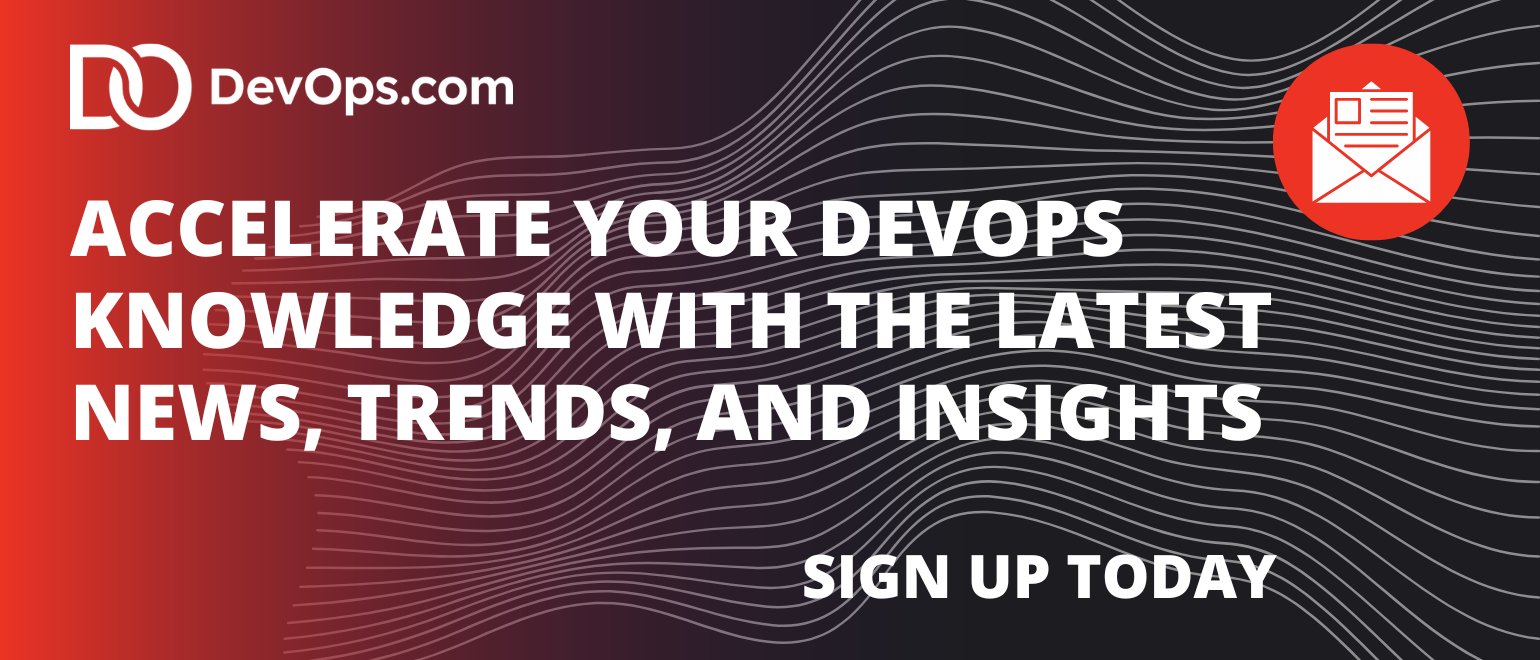Sentry today added an ability to monitor Model Context Protocol (MCP) servers to its application performance monitoring (APM) platform.
Originally developed by Anthropic, MCP has emerged as a de facto standard for enabling artificial intelligence (AI) applications to access data that is rapidly being adopted by software development teams.
Cody De Arkland, senior director of developer experience for Sentry, said that as application developers increasingly use AI technologies to build applications, many of them are employing MCP servers to now access the data those applications require. By adding a few lines of code using JavaScript software development kit (SDK), the MCP Server Monitoring tool from Sentry provides DevOps teams with visibility into how well each MCP server they have deployed is functioning to facilitate debugging tasks that might be required, he added.
For example, the MCP Server Monitoring developed by Sentry makes it possible to track traffic load and AI client usage, which tools were getting called the most, which were slow or failing, and which inputs were causing specific issues.

It’s not clear how widely MCP servers may have been deployed by DevOps teams, but they are expected to rapidly proliferate across software engineering workflows. In fact, as more AI applications are built, the need for DevOps teams to troubleshoot MCP servers is only going to increase, noted De Arkland.
In the meantime, DevOps teams should at the very least be spending more time becoming familiar with MCP. MCP As an application-layer protocol, carried by HTTP/S and invoked via an application programming interface (API), but operating at the very top of the application stack. MCP moves business logic — application context, state and intent — between autonomous actors. And unlike a lot of so-called “stateless” protocols, MCP drags state along with it, making context the payload, the product and the target, all at once.
On the plus side, that approach eliminates the need for DevOps teams to set up and maintain ad hoc integrations between each model and each system. MCP provides a scalable method for enabling AI systems to access, process and act upon information coming from any external data source. That capability is especially critical for any autonomous AI agent that organizations expect to deploy. However, it also creates a new set of rich potential targets for cybercriminals that could lead to entire processes and workflows becoming compromised. As such, being able to monitor and observe what is happening within an MCP server will be a crucial DevSecOps requirement.
Ultimately, DevOps workflows will need to be re-engineered to accommodate MCP servers. That task in and of itself is not likely to be especially disruptive. The challenge and the opportunity stem from the fact that MCP servers, in addition to facilitating integration, also provide a focal point for monitoring and observing AI application workflows. As a result, any organization that deploys MCP servers without some ability to monitor and observe them will be losing a significant opportunity to build better AI applications, which over time are only going to become much more complex to build, deploy, secure and manage.




